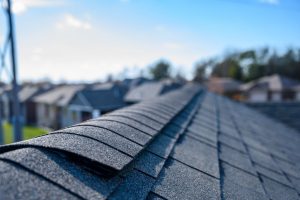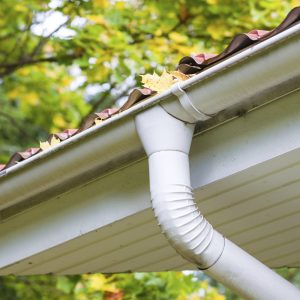Whether in summer or winter, a building inspection is essential. Indeed, it allows you to protect yourself, to inform you about the work to be done and to use it as a negotiation argument during a purchase. In Quebec, snow occupies a great deal of space and it is normal to wonder if underneath the snow there are problems that will appear once the snow has melted. It is even more normal to wonder if a winter inspection and a summer inspection have the same possibilities or the same analysis. Finally, winter should not slow down your desire to buy a property.
Is it risky to inspect a property in winter?
Winter is often a season that puts off buyers from buying, as inspection seems difficult. However, summer or winter, there is no best or worst season to inspect a building. Surprisingly, the winter inspection can give some advantages that the summer inspection does not. Indeed, the cold periods often give a good idea of the maintenance that the house has undergone and the rigor of the construction. What should I look for during a winter inspection?
What winter reveals to us
Cold temperatures are often indicative of the quality of the building’s construction. Winter also sheds light on some of the weaknesses the house may contain.
Moisture on windows, condensation and frost indicate insulation problems. Frost can also reveal cracks or foundation movements that would not have been visible in summer. Ice blocks on the edge of the roof are also a good indication of the quality of the insulation. As we explained in a previous article, warm air escapes from the roof and melts the snow, creating water that turns to ice in colder weather. As the snow freezes and thaws, the ice clusters eventually seep under the shingles and eventually into the walls of the house. These insulation problems would not have been visible in the summer.
What winter hides from us during a home inspection
Unfortunately, winter does not have only good sides. Accumulated snow and ice can make the inspector’s job more difficult. Snow also obstructs visibility, which can hide many things that will resurface when the snow melts. Not to mention that ice and snow can restrict access to certain areas of the home. As much as winter allows for a vigorous analysis of insulation, it can slow down inspection of certain areas.
5 important things to remember when inspecting in winter
- Insulation and drafts
Cold winter temperatures allow you to see some of the strengths or weaknesses of your potential purchase. Although the foundations are not visible because of the snow, it is possible to examine them from the inside. Pay particular attention to the insulation of the house, the presence of drafts and therefore to a possible loss of energy. Take the time to look for foggy windows, drafts at the bottom of doors and windows, and drafts near dryer and range hood outlets. Finally, check near electrical outlets and in cabinets. This will allow you to determine the energy efficiency of your home.
- The roof and the attic
As mentioned in previous articles, the attic and roof can be major heat loss areas. A poorly insulated attic will melt snow on the roof. The slightest crack in the shingles will cause water to seep into the walls of the house. Eventually, this could cause humidity and mold problems.
- Stability of the foundations
The foundation is the foundation of the house, so it is a critical component to your future home. Frost tends to cause the foundation of a house to move. It is therefore crucial to examine the foundation. Check for cracks in the walls or poorly closing doors. Don’t forget that all additional structures of a house must be inspected (shed, balcony, pool, extension, etc.).
- The land and the storefront
Even though there is a lot of snow on the property, you have the right to request that part of the property be cleared of snow. Ask for recent photos of the property and the landscaping. These will help you get a better idea of the exterior condition of the house.
- Gutters
A gap in the gutters or the location of the gutters could create significant moisture and water infiltration problems during snow melt. If the eavestrough drain is too close to the foundation, there could be an accumulation of water that could infiltrate. Finally, the absence of an eavestrough could be very damaging to the roof, as water accumulates on the roof and does not drain away.
Call in the professionals
In short, whether your inspection is in the snow or in the sun, it must be done thoroughly, meticulously and by professionals. Deciding to choose the cheapest professionals could be a costly decision in the event that the inspection is not done properly. Choosing to hire trusted, reliable and specialized professionals will certainly help alleviate this crucial and stressful step. Center thermographie guarantees a proper inspection and peace of mind in terms of possible problems of water infiltration, humidity, mold or heat loss. Furthermore, a detailed report will be provided to you once the inspection is completed, mentioning any problems detected, all structures analyzed and the way you should proceed.





